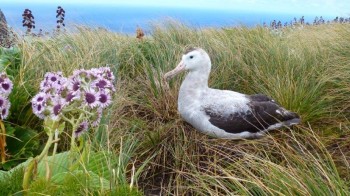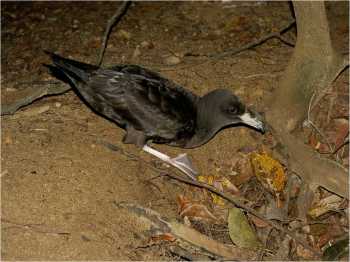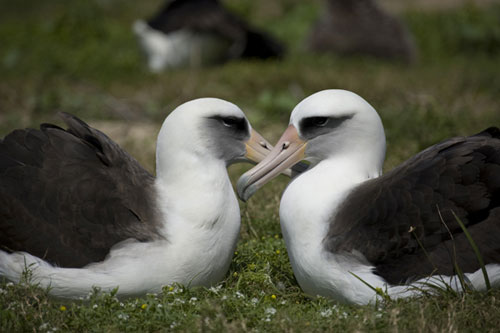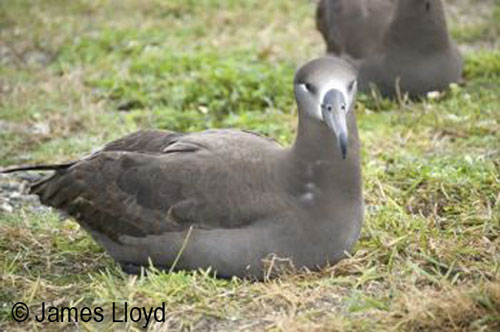Ryan Carle (Oikonos Ecosystem Knowledge, Santa Cruz, California, U.S.A.) and colleagues have written in the Spanish-language journal La Revista Chilena de Ornitología on the advantages of keeping breeding ACAP-listed Pink-footed Shearwaters Ardenna creatopus and cattle apart with a fence.
The paper’s English abstract follows:
“With the aim of contributing to conservation of breeding habitat of Pink-footed Shearwater (Ardenna creatopus), in 2011 we established a cattle exclusion system around a breeding colony in Isla Robinson Crusoe, Juan Fernández Archipelago, Chile. The cattle exclusion system consisted of a metallic fence 1.6 m in height around a polygon 21 000 m². After three years, we evaluated the vegetation characteristics inside and outside the cattle-exclusion area by plant sampling in 20 x 20 m plots. Between 2012-2016, we also monitored 100 burrows in the cattle-exclusion area to assess their structural status. The exclusion area had a greater overall vegetation cover and increased plant height in comparison to the non-exclusion area. The non-exclusion area had significantly greater cover of bare soil and of the invasive plant Acaena argentea. The frequency of occurrence of bare soil and trun [sic] was also significantly greater on the non-exclusion area. On the exclusion area, we detected a significant increase in cover of annual grasses, forbs and plant litter, and a greater occurrence of lichens compared to the non-exclusion area. We found no evidence of regeneration of native flora within the exclusion area, and the cattle exclusion had no apparent effect on the native fern Blechnum hastatum. After exclusion, none of the monitored shearwater burrows showed evidence of further damage. The use of cattle-exclusion fences could be an effective tool for restoration of seabird breeding habitat.”
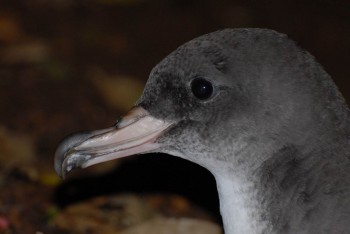
Pink-footed Shearwater, photograph by Peter Hodum
Reference:
Carle, R.D., Beck, J.N., Colodro, V. & Hodum, P. 2016. Efectos de la exclusión de ganado vacuno sobre la vegetación en el área ocupada por una colonia de Fardela Blanca (Ardenna creatopus) en la Isla Robinson Crusoe, Chile. [Effects of cattle exclusion on the vegetation at a Pink-footed Shearwater (Ardenna creatopus) colony on Robinson Crusoe Island, Chile]. La Revista Chilena de Ornitología 22: 184-193.
John Cooper, ACAP Information Officer, 16 December 2016

 English
English  Français
Français  Español
Español 